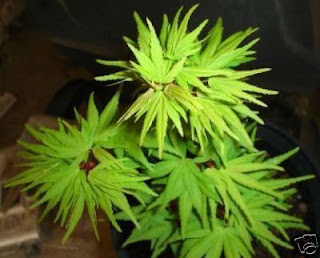By Ahmed Hajouj.
If you maintain any pitted fruit trees such as plums, peaches, or cherries, I’m sure you know that those types of trees are much more susceptible to diseases than any other type. While the fruits are delicious, it can be rather hard to live with all of the maladies that can plague the life of everyone who has ever grown one of those types of fruit trees.
The main disease that you will hear about the most is known as “Brown Rot”. This is a fungus that attaches to many of the leftover fruits after the picking season is over. Not only does it look disgusting on the leftover fruits, but it also can come back on the newer fruits, rendering them inedible (unless you enjoy eating fungus). To prevent this malady, you should prune your trees often to encourage good air circulation. Buildups of moisture are the main cause of the brown rot. Also when you are done picking for the season, you should get rid of all of the leftover fruits in the tree or on the ground.
A cytospora canker is a disgusting dark, soft area on tree branches. Gum protrudes through the bark, along with a large callus. The pathogen which causes these cankers usually enters the tree through older wounds. If you prune all of the sprouts that occur in late summer, cankers will have a harder time making themselves known within your tree. When you prune, always allow the wounds to heal naturally rather than use the wound dressings that you can buy at gardening stores. I’ve found that these usually do very little to help any situation, and only serve to make the tree look unnatural.
Those planting plum trees might deal with something called Black Knot. The symptoms of black not are rough tumors or growths that can be seen on the tree’s branches. If you see any of these, you should immediately chop off the branch it has attached to. If you use branches for mulch usually, don’t for this one. This disease can easily re-enter the tree if it is within a certain distance.
Almost everyone who has ever maintained a cherry tree has dealt with the “Cherry Leaf Spot”. It usually shows itself when there are old dead leaves accumulated on the ground. Preventing this disease is fairly easy. All you have to do is be fairly diligent in raking up all of the leaves that fall from your tree. If you have already seen signs of the disease, you should destroy all of your raked leaves. If not, then you can use them as mulch.
When your fruits ripen and become ready for picking, you should always be completely finished with picking within 2 weeks. It is best to daily go outside and pick all of the new ripe fruits, along with any that have fallen off of the tree or are starting to rot on the tree. By doing this, you will prevent bees and wasps from becoming too dependent on your tree for nourishment.
Growers of fruit trees are constantly faced with diseases and pests to worry about. However, if you take the proper precautions then you can avoid most of them. You should also look for any diseases that have been affecting your local area, and try to take steps to prevent those as well.






